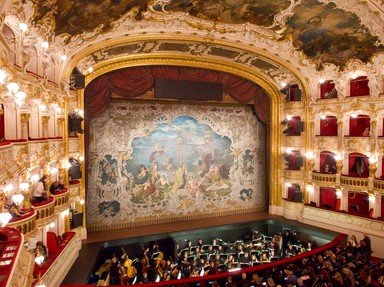Quiz Answer Key and Fun Facts
1. The original name of the festival now known as Shakespeare in the Park was the New York Shakespeare Festival, established in 1954 by which of these directors?
2. If you attend a performance that is part of the Shakespeare in the Park season, are you sure that you will be seeing a play from the Bard?
3. How much is a ticket to see Shakespeare in the Park likely to cost?
4. What time of day are performances scheduled?
5. When the Shakespeare Festival first started putting on shows in Central Park instead of using venues around the city, they did not have a permanent theatre available. Instead, the performances were made in which of these areas?
6. The theatre first used in 1962 for Shakespeare in the Park was named after someone who had made generous donations to assist with the cost of construction. Where will you be heading to see the show?
7. Which play, dealing with themes of vengeance and mercy, was the first Shakespeare in the Park production in their new permanent theatre?
8. In 1997, it was officially declared that the entire works of Shakespeare had been produced at Shakespeare in the Park. The presentation of which play (with surprisingly few lead female roles) led to this declaration?
9. Which of these plays, whose title is thought to be a Biblical reference, had the most productions during the first 50 years of Shakespeare in the Park?
10. The first production in 2017 was a controversial reworking of which Shakespearian play, set in contemporary Washington, D. C. instead of ancient Rome? The title character, who is killed fairly early on in the piece, seemed to be a parody of the man who was at the time the President of the United States.
Source: Author
looney_tunes
This quiz was reviewed by FunTrivia editor
ponycargirl before going online.
Any errors found in FunTrivia content are routinely corrected through our feedback system.
